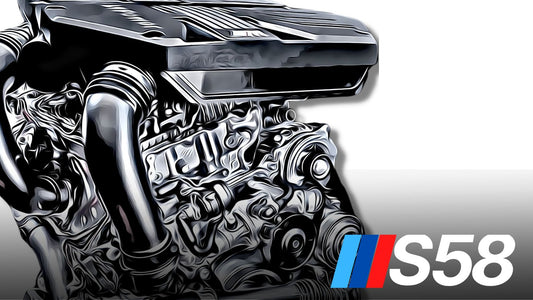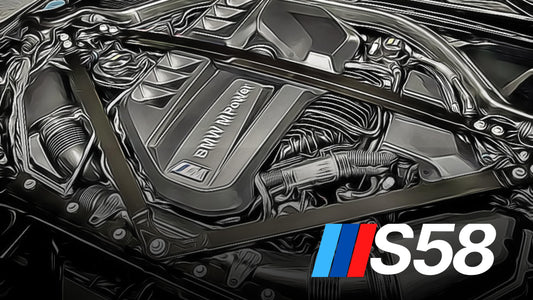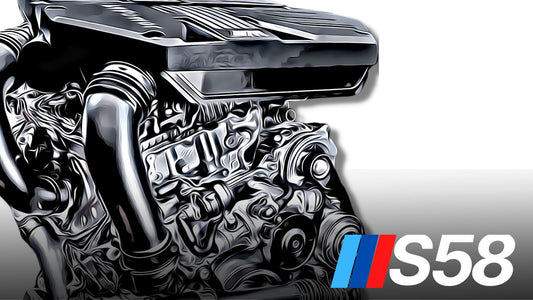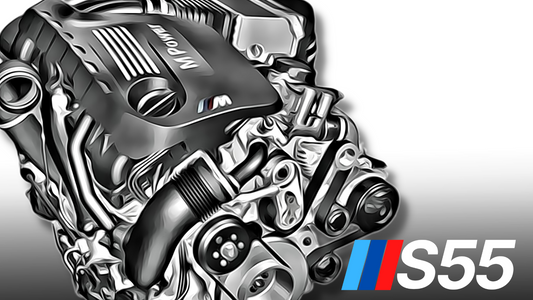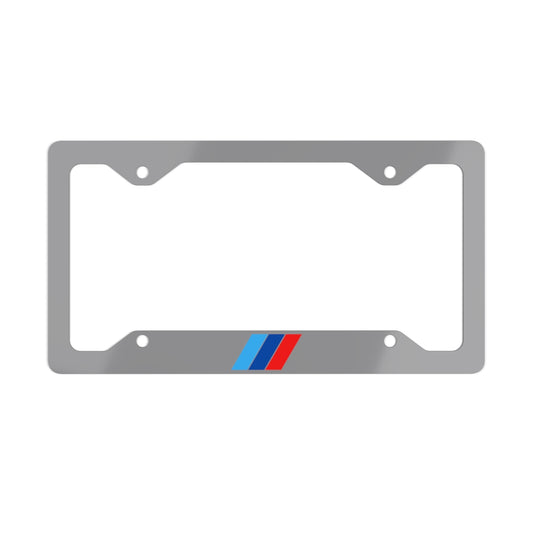It is critical to understand the differences between the N54 and N55 powered BMWs before acquiring a turbocharged 135i, 335i, or 535i. The N54 went into production in 2006 and debuted in the 2007 BMW 335i; in 2008, it was joined by the 135i and 535i.
BMW's N55 engine was introduced in 2009 and began replacing the N54 in 2010. However, the twin turbo N54 was still used in the majority of applications developed in 2010. In 2011, the N55 officially replaced the N54 (with the exception of the 1M and Z4 35i). Although the engines have many similarities, this discussion will focus on the significant distinctions.
N54 vs. N55 Engine Internals
I won't go into too much detail here because engine internals may be a contentious topic, and for those who choose to stick with OEM turbos, the internals on each engine are quite robust. The N54 is equipped with a forged crankshaft and rods as standard.
The crankshaft and rods of the N55 are made of cast iron. The pistons of the N54 and N55 are made of cast iron. This is likely a non-issue unless you want to put 600+whp and a LOT of PSI through the engines. Both engines are extremely powerful factory engines that can withstand a great deal of punishment on the stock blocks and internals.
N54 vs. N55 Engine Reliability: Which Is More Reliable?
When discussing the N54 and N55, this is usually a contentious issue. Simply said, the N55 is more trustworthy. BMW's N54 was the company's first mass-production turbocharged gasoline engine in decades. Given BMW's current lineup, which is primarily turbocharged, I feel it is fair to say the N54 was a "experiment" in many aspects. Early on, the N54 was infamous for its regular and troubling faults.
For the first three years of its manufacture, the N54 was troubled with fuel injectors, the HPFP (high pressure fuel pump), and waste-gate clatter. These are only a few of the difficulties that have led some BMW owners to shun the N54. However, BMW provided many recalls and extended warranties to assist with the repair.
The N54 Is Preferred By Engine Tuners
When upgraded, BMW's N54 twin-turbocharged engine truly comes to life; I'm not saying the N55 isn't amazing when modified. The dual turbo architecture of the N54 simply moves more air more efficiently. The N54 will outperform the N55 mod for mod. The expense and complexity of the twin-turbo to twin-scroll turbo conversion are significant factors.
Two turbochargers, along with all of the accompanying hardware, are more costly and take up more room. Even though the N54 is more efficient when upgraded, any engine and turbocharger configuration will provide 400+ wheel horsepower and torque.
N54 vs. N55: Single vs. Twin Turbochargers
The turbochargers are arguably the most important change between the N54 and N55; the N54 has real twin turbochargers, but the N55 has a single twin-scroll turbocharger. A twin-scroll turbocharger is a single turbocharger with two "scrolls" in the exhaust housing. Each of the three cylinders on the same firing cycle feeds an independent turbocharger scroll, reducing exhaust reversion. Reversion is the process through which exhaust gases enter the combustion chamber and interact with one another, resulting in higher temperatures, less power, and higher emissions.
Bringing it all together, a dual scroll turbocharger improves efficiency, which reduces turbo spool time, boosts power, and allows the cylinders to operate cooler. Despite the advantages of a two-scroll turbo over a single single-scroll turbo, a real twin turbo system mimics the advantages of a twin-scroll turbo. As with the twin-scroll, three cylinders supply each of the two turbos, decreasing reversion.
The N54 and N55 Have Similar Performance From The Factory
Both the N54 and N55 engines generate identical torque and power bands out of the factory. The twin-scroll architecture allows the turbocharger on the N55 to spool significantly faster, generating peak torque 100 RPMs earlier than the N54. Although this does not make a major difference, the N54 and N55 both create minimal turbo lag and have the sensation of a normally aspirated V8. Despite the differences in turbochargers, both engines perform similarly in stock applications. When comparing the N54 and N55 mod-for-mod, the advantages of a real twin turbo setup become clear.



